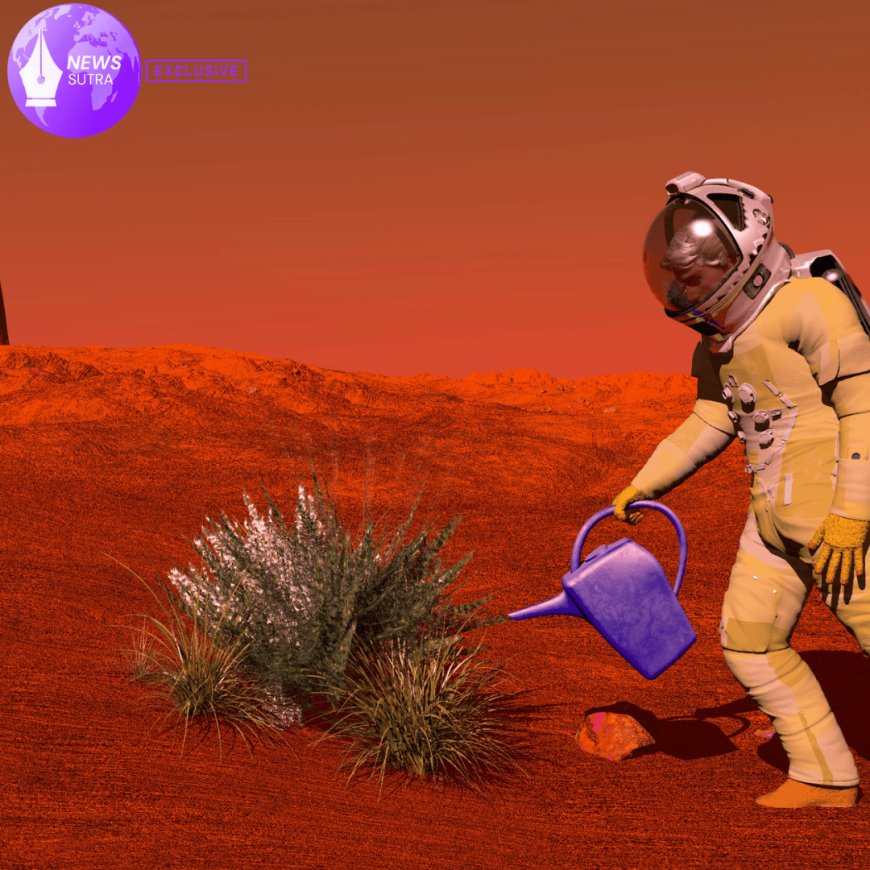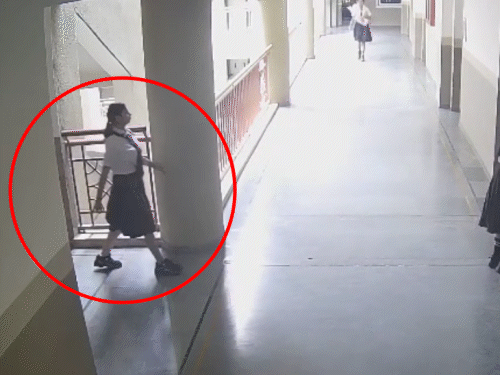Inside NASA’s Bold Mars Habitat Tests: What Isolation Experiments Reveal About Future Settlements
NASA’s Mars habitat tests reveal lessons about human isolation, resource management, and group dynamics that will shape future settlements on the Red Planet.

NASA’s dream of sending humans to Mars has long captured the public imagination, but in 2025, that dream is edging closer to reality. While rockets and rovers dominate the headlines, some of the most important work is happening quietly here on Earth—inside sealed Mars habitat simulations designed to test how people might live, work, and survive on the Red Planet.
These experiments go beyond engineering. They are exploring the human side of space travel: how people cope with isolation, limited resources, and the psychological pressures of living millions of miles away from Earth.
The Habitat: A Mars Colony on Earth
At NASA’s Johnson Space Center in Houston, a team of volunteers recently completed the CHAPEA (Crew Health Performance Exploration Analog) mission—an extended stay inside a 1,700-square-foot, 3D-printed habitat built to mimic conditions on Mars. The facility includes private sleeping quarters, a kitchen, exercise equipment, and even a simulated airlock for virtual spacewalks.
But unlike traditional space simulations, CHAPEA focuses not just on physical survival but also on the psychological and social aspects of living in confinement. How do people share space over months or even years? What conflicts arise, and how are they resolved?
These are the questions researchers believe are just as crucial as engineering breakthroughs.
Lessons from Isolation: Beyond Hardware and Design
Early findings suggest that even the most advanced habitat technology cannot solve the challenges of human interaction under stress.
-
Mental health management has emerged as a central issue. Crews in extended isolation report higher levels of anxiety and sleep disruption. To counter this, scientists are testing AI-assisted counseling and virtual reality tools that simulate calming environments back on Earth.
-
Resource conservation is another area of focus. The habitat forces participants to recycle water, ration food, and manage energy carefully—conditions that closely mirror what settlers on Mars will face. These experiments show just how disciplined and creative astronauts must be to maintain balance.
-
Group dynamics may prove decisive. Even small disagreements in confined quarters can spiral into larger issues. NASA researchers are studying decision-making models and conflict resolution strategies to prepare crews for the intense interpersonal pressures of Mars life.
According to NASA’s Human Research Program, these insights are helping refine astronaut training and habitat design for long-duration missions.
Why Mars Is More Than a Technical Challenge
Mars is a hostile world—cold, dry, and bombarded with radiation. Yet the greatest hurdle may not be the planet itself, but how humans adapt mentally and socially to living there.
Scientists note that the psychological strain of distance could weigh heavily. Unlike the International Space Station, where astronauts can see Earth in the window and talk with family in near real-time, Mars crews will face a communication delay of up to 22 minutes each way. That sense of separation has profound emotional implications.
Dr. Grace Douglas, lead scientist for CHAPEA, explained in an interview: “You can have all the food, oxygen, and technology you need, but if the crew cannot maintain cohesion under isolation, the mission is at risk. That’s what we’re learning from these simulations.”
Building for the Future: What These Tests Mean
The Mars habitat tests are not just rehearsals—they are prototypes for how future settlements may operate.
-
3D-Printed Housing: NASA is exploring additive manufacturing techniques, using Martian soil analogs to build structures that could be replicated on Mars. This could eliminate the need to transport heavy materials from Earth.
-
Closed-Loop Living: Recycling systems for water, waste, and air are being perfected in these simulations, laying the groundwork for self-sufficient colonies.
-
Crew Selection Criteria: Psychological resilience is becoming as important as physical fitness. NASA’s experiments are helping refine the criteria for choosing astronauts who can endure prolonged missions.
These innovations will not only shape missions to Mars but could also have applications here on Earth—especially in remote areas and disaster zones where self-sustaining systems are essential.
Global Implications
NASA is not alone in these efforts. Space agencies in Europe and Asia are conducting similar habitat tests, and private companies are exploring their own Mars settlement concepts. The findings from these simulations are creating a shared body of knowledge that could one day support a truly international effort to colonize Mars.
According to the European Space Agency, collaboration on habitat research is already underway, with scientists sharing data to improve survival strategies in extreme environments.
Conclusion: Preparing for the Red Frontier
NASA’s bold Mars habitat experiments are teaching us that preparing for life on the Red Planet is about far more than rockets and spacesuits. It is about people—how they think, feel, and interact when cut off from Earth.
The lessons from these isolation missions are reshaping how we imagine future settlements. They highlight the importance of mental health, resource management, and group resilience in environments where failure is not an option.
As we move closer to putting humans on Mars, it may well be these quiet, Earth-bound experiments that decide whether humanity thrives on another world—or falters under the weight of its own limitations.
What's Your Reaction?
 Like
0
Like
0
 Dislike
0
Dislike
0
 Love
0
Love
0
 Funny
0
Funny
0
 Angry
0
Angry
0
 Sad
0
Sad
0
 Wow
0
Wow
0








































































